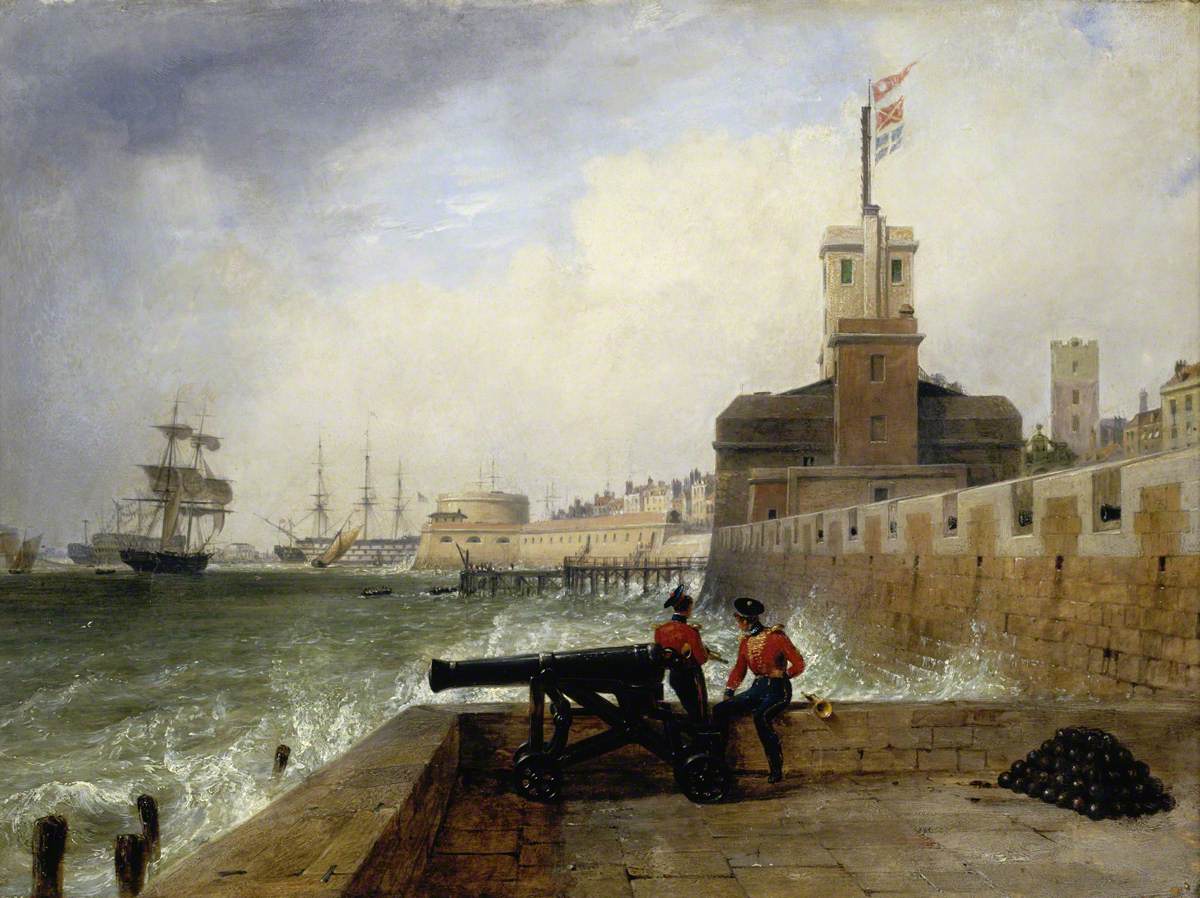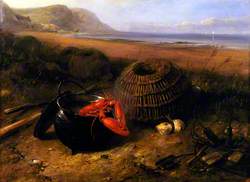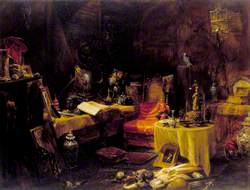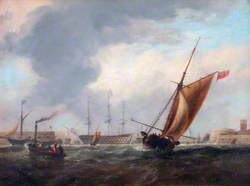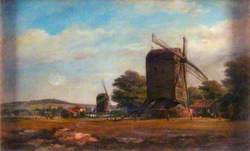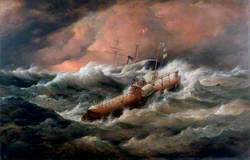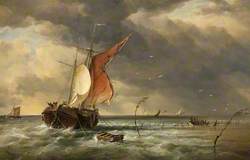How you can use this image
This image can be used for non-commercial research or private study purposes, and other UK exceptions to copyright permitted to users based in the United Kingdom under the Copyright, Designs and Patents Act 1988, as amended and revised. Any other type of use will need to be cleared with the rights holder(s).
Review the copyright credit lines that are located underneath the image, as these indicate who manages the copyright (©) within the artwork, and the photographic rights within the image.
The collection that owns the artwork may have more information on their own website about permitted uses and image licensing options.
Review our guidance pages which explain how you can reuse images, how to credit an image and how to find images in the public domain or with a Creative Commons licence available.
Notes
Add or edit a note on this artwork that only you can see. You can find notes again by going to the ‘Notes’ section of your account.
A view of the entrance to Portsmouth harbour from the saluting platform. In the foreground, two soldiers sit on the wall next to a cannon on an iron carriage and, to the right, the artist has shown a pile of cannon balls. Also to the right, can be seen the semaphore tower flying a flag signal. Beyond, to the left, lies the town of Portsmouth with the pier and Round Tower. To the left of the Round Tower is the port flagship, the 'Britannia'. The artist was trained by his father the painter George Cooke, and showed outstanding talent as a draughtsman. He helped Clarkson Stanfield with some of his commissions, took lessons in oil painting from James Stark in 1834, and assisted with the arrangement of exhibits for the Great Exhibition of 1851. He exhibited at the Royal Academy from 1835 to 1879 and was made ARA in 1851, and RA in 1863.
Title
Semaphore at Portsmouth
Date
1836
Medium
oil on mahogany panel
Measurements
H 33 x W 40.6 cm
Accession number
BHC1919
Work type
Painting
